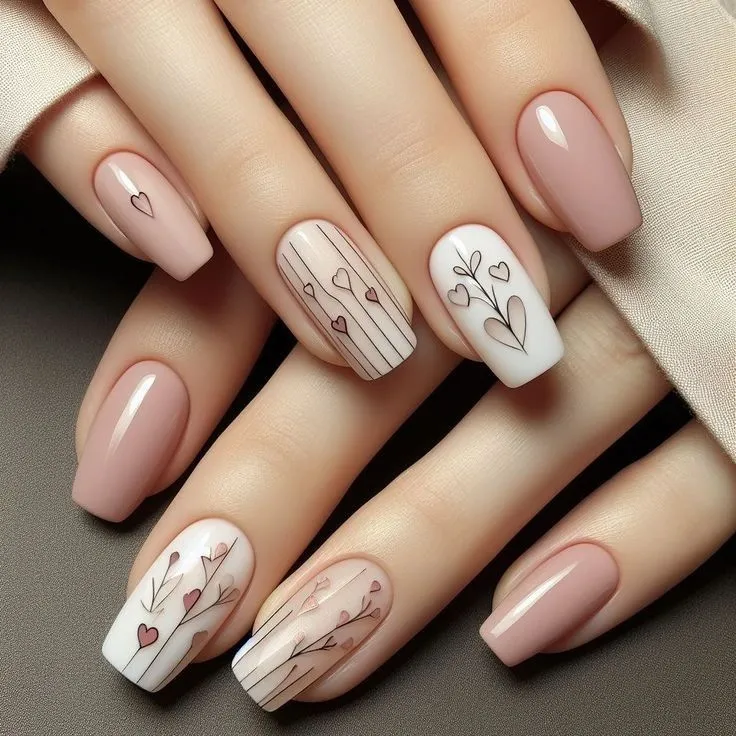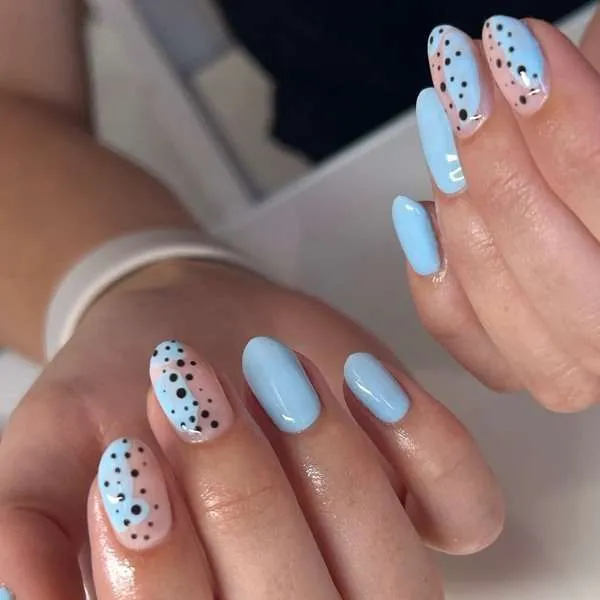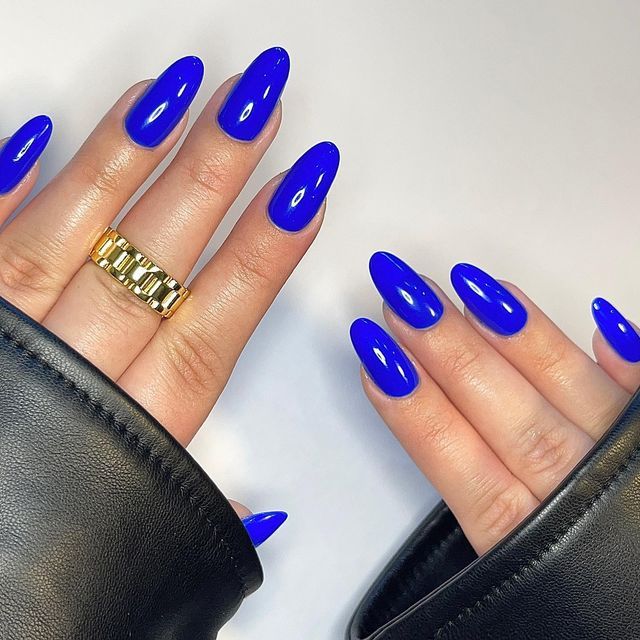
The Ultimate Showdown: Gel vs Acrylic Nails
Understanding the Basics: What Are Gel vs Acrylic Nails?
Nail enhancement techniques have revolutionized the beauty industry, with gel vs acrylic nails leading the charge. These popular methods offer longer-lasting, more durable alternatives to traditional nail polish. Gel nails utilize a gel-like substance that’s cured under UV or LED light, creating a hard, glossy finish. The process involves applying layers of gel polish, each cured separately, resulting in a smooth, natural-looking enhancement.
On the other hand, acrylic nails combine a liquid monomer with a powder polymer to create a hard, protective layer over the natural nail. This mixture is shaped and molded before it air-dries, forming a sturdy artificial nail. Both techniques can be used to extend nail length, improve nail appearance, and provide a canvas for intricate nail art. While they serve similar purposes, gel and acrylic nails differ significantly in their application process, durability, and overall effect on natural nails. Understanding these differences helps in choosing the right option for individual needs and preferences.

The Application Process: Gel vs Acrylic
The application processes for gel and acrylic nails differ substantially, each requiring specific techniques and tools. Gel nail application starts with preparing the natural nail by gently pushing back cuticles and lightly buffing the nail surface. A base coat is applied and cured under UV or LED light, followed by multiple layers of colored gel polish, each cured separately. Finally, a top coat seals the design and adds shine. The entire process typically takes about 45 minutes to an hour.
Acrylic nail application begins similarly with nail preparation. However, the technician then applies a nail form or tip to extend the nail length. The acrylic mixture, created by combining liquid monomer and powder polymer, is then applied over the natural nail and extension. This mixture is carefully shaped and molded before it air-dries to a hard finish. The process concludes with buffing and polishing, often taking up to two hours for a full set. Both methods require skill and precision, but acrylic application generally demands more expertise due to the need for mixing and shaping the acrylic compound.
Durability and Longevity: Which Lasts Longer?
When it comes to durability and longevity, both gel and acrylic nails offer significant advantages over regular nail polish. Gel nails typically last between two to three weeks without chipping or peeling, maintaining their glossy finish throughout this period. Their flexibility makes them less prone to breaking, but they may be more susceptible to lifting. Especially if exposed to harsh chemicals or excessive moisture. Proper application and care can extend the life of gel nails, with some wearers reporting up to four weeks of flawless wear.
Acrylic nails, known for their strength and durability, can last up to six to eight weeks with proper maintenance. Their hard, rigid nature makes them resistant to breakage and daily wear and tear. However, as natural nails grow, a visible gap appears at the base, necessitating regular fill-ins every two to three weeks to maintain a polished look. Acrylic nails are less likely to lift but may be more prone to cracking if subjected to strong impact. Both gel and acrylic nails require gentle care and regular maintenance to maximize their longevity and appearance.

Impact on Natural Nails: Health and Safety Considerations
The impact of gel and acrylic nails on natural nail health is a crucial consideration for many. Gel nails are generally considered less damaging to natural nails. The application process doesn’t involve harsh chemicals, and removal, when done correctly, causes minimal damage. However, improper removal, such as peeling or forceful scraping, can lead to nail thinning and brittleness. The UV light used in curing gel nails has raised some health concerns, although the risk is considered minimal with proper protection and limited exposure.
Acrylic nails, while durable, can be more damaging to natural nails. The application process involves stronger chemicals, and the rigid nature of acrylics can stress the natural nail. Improper application or removal can lead to nail damage, including thinning, brittleness, and even nail bed infections. Both techniques can potentially trap moisture between the enhancement and the natural nail, creating an environment conducive to fungal growth if not properly maintained. Regular breaks between applications are recommended for both methods to allow natural nails to breathe and recover. Proper application by a skilled technician and following correct removal procedures significantly minimize the risk of nail damage for both gel and acrylic enhancements.
Aesthetic Appeal: Finish and Design Possibilities
The aesthetic appeal of nail enhancements plays a significant role in their popularity, with both gel and acrylic nails offering unique advantages. Gel nails are prized for their natural-looking, glossy finish that closely resembles the shine of healthy natural nails. They provide a smooth, even surface that maintains its luster throughout the wear period. Gel polishes come in a wide array of colors and finishes, including sheer, opaque, shimmer, and glitter options. The gel application process allows for intricate nail art, including ombré effects, marble designs, and detailed hand-painted artwork.
Acrylic nails, while traditionally known for their slightly thicker appearance, have evolved to offer a range of finishes from natural to boldly artistic. They provide a sturdy canvas for elaborate 3D nail art, embellishments, and sculpted designs that might be too heavy for gel nails. Acrylics can be shaped into various forms, from classic square to trendy coffin or stiletto shapes, offering versatility in nail appearance. Both gel and acrylic systems now include options for a more natural look, such as soft gel extensions and fibreglass acrylics, catering to those who prefer a subtler enhancement.

Maintenance and Upkeep: Daily Care and Regular Appointments
Maintaining the appearance and integrity of gel and acrylic nails requires regular care and professional attention. Gel nails generally demand less day-to-day maintenance. Their smooth, non-porous surface resists staining and remains shiny with minimal effort. Daily care involves keeping nails clean and dry, applying cuticle oil to prevent lifting, and avoiding using nails as tools to prevent chipping. Professional maintenance for gel nails typically involves removal and reapplication every 2-3 weeks. Although some may opt for fill-ins to extend wear time.
Acrylic nails require more frequent professional maintenance, with fill-ins recommended every 2-3 weeks to address the gap created by natural nail growth. Daily care for acrylics includes keeping nails dry and clean, avoiding exposure to harsh chemicals, and being cautious during manual tasks to prevent lifting or cracking. Both gel and acrylic enhancements benefit from wearing gloves during household chores and applying hand lotion regularly to maintain skin and cuticle health. Proper maintenance not only extends the life of the nail enhancement but also protects the health of the natural nail underneath.
Removal Process: Ease and Potential Nail Damage
The removal process for gel and acrylic nails differs significantly. Impacting both the health of natural nails and the overall client experience. Gel nail removal involves soaking the nails in acetone-based remover for 10-15 minutes, often with the fingers wrapped in foil to retain heat and speed up the process. Once the gel begins to lift, it can be gently pushed off using a cuticle stick. This process, when done correctly, causes minimal damage to the natural nail. However, improper removal, such as forceful scraping or peeling, can lead to nail thinning and damage.
Acrylic nail removal is typically more time-consuming and potentially more damaging. The process involves soaking nails in pure acetone for 20-30 minutes, or filing down the bulk of the acrylic before soaking. As acrylics are more resistant to solvents, the removal process often requires more manual manipulation, increasing the risk of nail damage. Some salons offer alternative removal methods, such as electric filing, which can be quicker but requires a skilled technician to avoid over-filing the natural nail. For both gel and acrylic nails, professional removal is recommended to minimize damage and ensure the health of natural nails.
Cost Comparison: Initial Application and Long-Term Expenses
The cost of gel and acrylic nails varies depending on location, salon, and specific services, but some general comparisons can be made. Initial application costs for gel nails typically range from $35 to $85, depending on whether it’s a gel polish application over natural nails or involves gel extensions. Acrylic full sets generally cost between $50 to $150, reflecting the more time-consuming application process and the cost of materials. While the initial cost of acrylics may be higher, they often require less frequent full replacements. Gel nails usually need complete removal and reapplication every 2-3 weeks, costing similar to the initial application.
Acrylic nails can be maintained with fill-ins, costing around $20 to $45 every 2-3 weeks, potentially making them more cost-effective over time. However, acrylic nails may require more frequent salon visits for maintenance. Additional costs to consider include nail art, which can significantly increase the price for both types, and removal fees. Which are often higher for acrylic nails due to the more complex process. Long-term, the cost difference may be minimal, with personal preference and nail health being more significant factors in choosing between gel and acrylic enhancements.
Versatility and Lifestyle Compatibility
The choice between gel and acrylic nails often comes down to lifestyle compatibility and individual needs. Gel nails offer flexibility and a more natural feel, making them suitable for those who use their hands frequently or engage in activities that might cause rigid acrylics to lift or break. They’re popular among professionals who need a polished look without an obviously artificial appearance. Gel nails are also ideal for those with naturally strong nails looking for added durability and shine. However, they may not be the best choice for individuals wanting to significantly extend their nail length.
Acrylic nails, known for their strength, are perfect for those desiring dramatic length changes or needing extra durability. They’re favored by individuals who don’t mind a slightly thicker nail appearance and are willing to commit to regular maintenance. Acrylics are also suitable for those looking to correct or camouflage nail imperfections. Both options are versatile in terms of design possibilities, but acrylics offer more scope for elaborate 3D nail art and sculpted shapes. Consider daily activities, desired nail length and shape, maintenance commitment, and natural nail condition when choosing between gel and acrylic enhancements.

Future Trends: Innovations in Nail Enhancement Technology
The nail enhancement industry continues to evolve, with new technologies and products emerging to address the limitations of traditional gel and acrylic systems. Hybrid products, combining the best features of both gel and acrylic, are gaining popularity. These innovative formulas offer the durability of acrylics with the flexibility and natural appearance of gels, often with easier application and removal processes. Breathable nail systems, designed to allow oxygen and water vapor to pass through the enhancement, are addressing concerns about nail health and reducing the risk of fungal infections.
Eco-friendly and vegan nail products are also on the rise, catering to environmentally conscious consumers. These products often feature plant-based ingredients and come in recyclable packaging. Additionally, advances in LED technology are making gel curing faster and safer, with some systems claiming to eliminate UV exposure entirely. Custom-fit press-on nails, created using 3D scanning technology, are emerging as a convenient alternative to salon-applied enhancements. As the industry continues to innovate, consumers can expect more options that prioritize nail health, ease of use, and personalization, potentially bridging the gap between gel and acrylic nails.
Conclusion: Making the Right Choice for Your Nails
Choosing between gel and acrylic nails ultimately depends on individual preferences, lifestyle, and nail health considerations. Gel nails offer a natural look, flexibility, and easier removal, making them ideal for those prioritizing nail health and a subtle enhancement. They’re perfect for individuals with naturally strong nails or those new to nail enhancements. Acrylic nails provide unmatched durability and the ability to dramatically change nail length and shape. They’re suitable for those willing to commit to regular maintenance and desiring a sturdier enhancement. Both options offer a wide range of design possibilities, allowing for personal expression through nail art.
Consider factors such as daily activities, desired longevity, maintenance commitment, and budget when making a decision. It’s also worth noting that nail health should always be a priority. Regular breaks from enhancements and proper care can help maintain the integrity of natural nails. Consulting with a professional nail technician can provide personalized advice based on individual nail conditions and lifestyle needs. Whether opting for the glossy finish of gels or the sturdy strength of acrylics, both options offer beautiful. Long-lasting alternatives to traditional nail polish, enhancing the overall manicure experience.

